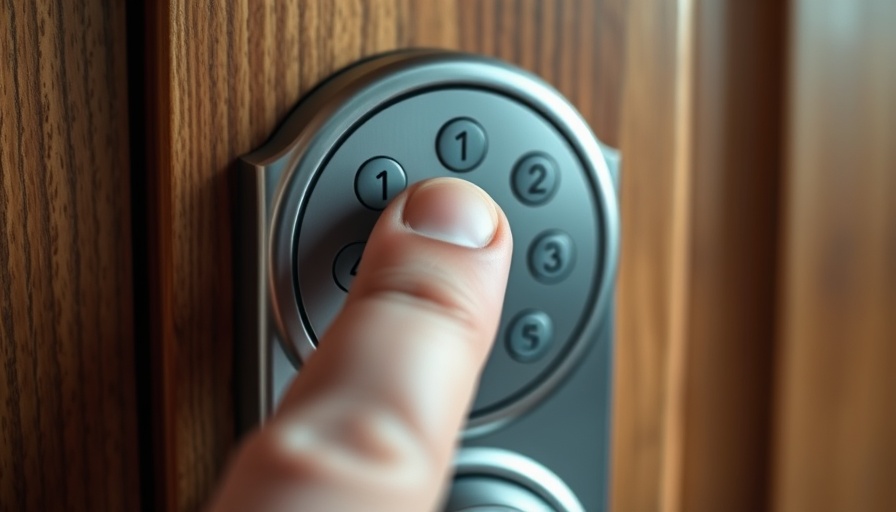
Smart Locks: A Double-Edged Sword for Home Security
As the world aligns itself more with smart technology, smart locks stand tall as innovative solutions for home security. Offering convenience through smartphone integration and remote access, these devices promise efficiency and ease. However, like any technology, they carry potential pitfalls that can leave homeowners perplexed when failures occur. When your smart lock becomes unresponsive, it’s crucial not just to understand the flaw but also to know how to regain access. Keep reading to discover practical insights and troubleshooting steps that can help you out of a bind.
What Happens When Technology Fails?
More than just a trend, smart locks aim to revolutionize home security systems. In essence, smart locks employ motorized mechanisms that are activated through commands from various sources, such as smartphones or keypads. Still, when these mechanisms falter, the frustrations can mount. Understanding the basics of your smart lock can ease tensions. According to experts like Tiffany Mayo from Yale, knowing your device will inform your next steps when malfunctions occur.
Understanding Your Smart Lock's Construction and Durability
Most smart locks are built on robust mechanical foundations designed to endure prolonged use. It's crucial to choose products certified by standards organizations like the Builders Hardware Manufacturing Association (BHMA). Mayo advises checking ratings that guarantee your smart lock's durability. A high rating means it can withstand environmental changes and last longer under daily use. So before investing in a smart lock, ensuring a reliable grade can save you headaches in the long run.
Where to Turn When Locked Out
If you find yourself locked out, the first instinct may be to panic. However, there are simple strategies to regain entry. If the smart lock features a keypad, entering your access code might do the trick. Additionally, replacing the batteries of the device could offer a quick fix if the issue is related to power failure. Many locks prioritize battery power, and a simple change may restore functionality.
Investing in Smart Locks: What You Need to Know
While the prospect of failing technology is daunting, incorporating smart locks into your home can still be worthwhile. Just be sure to invest in well-rated brands that comply with industry standards. Knowledge is power when it comes to technology; being informed about maintenance and potential issues will prepare you for any situation. Plus, staying current with your device's firmware is crucial—as updates may contain important patches for known problems.
Final Thoughts: Embrace Smart Living Wisely
Smart locks epitomize how technology can enhance daily living, but they should also remind us of the necessity for thorough understanding and preparedness. Embracing smart technologies is part of a future-ready lifestyle, but maintaining clear communication and knowledge about these devices can ensure a secure haven. Whether you’re a homeowner or a tech homeowner, aligning yourself with reliable products and best practices will pave the way for a safe, smart way of living. If you face challenges with your smart lock, don’t hesitate to utilize these tips and secure your home smartly!



Write A Comment